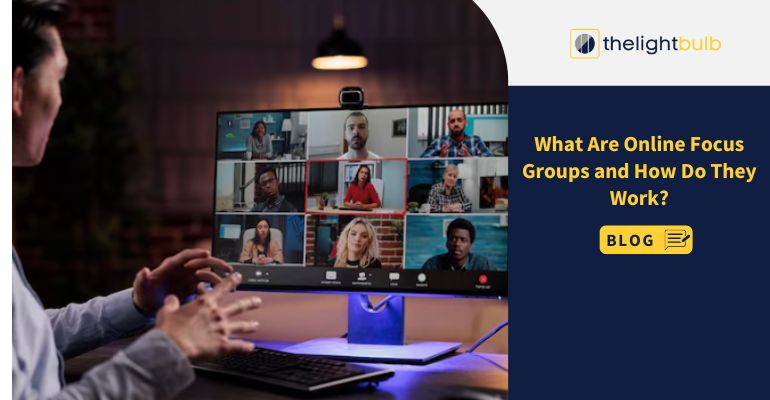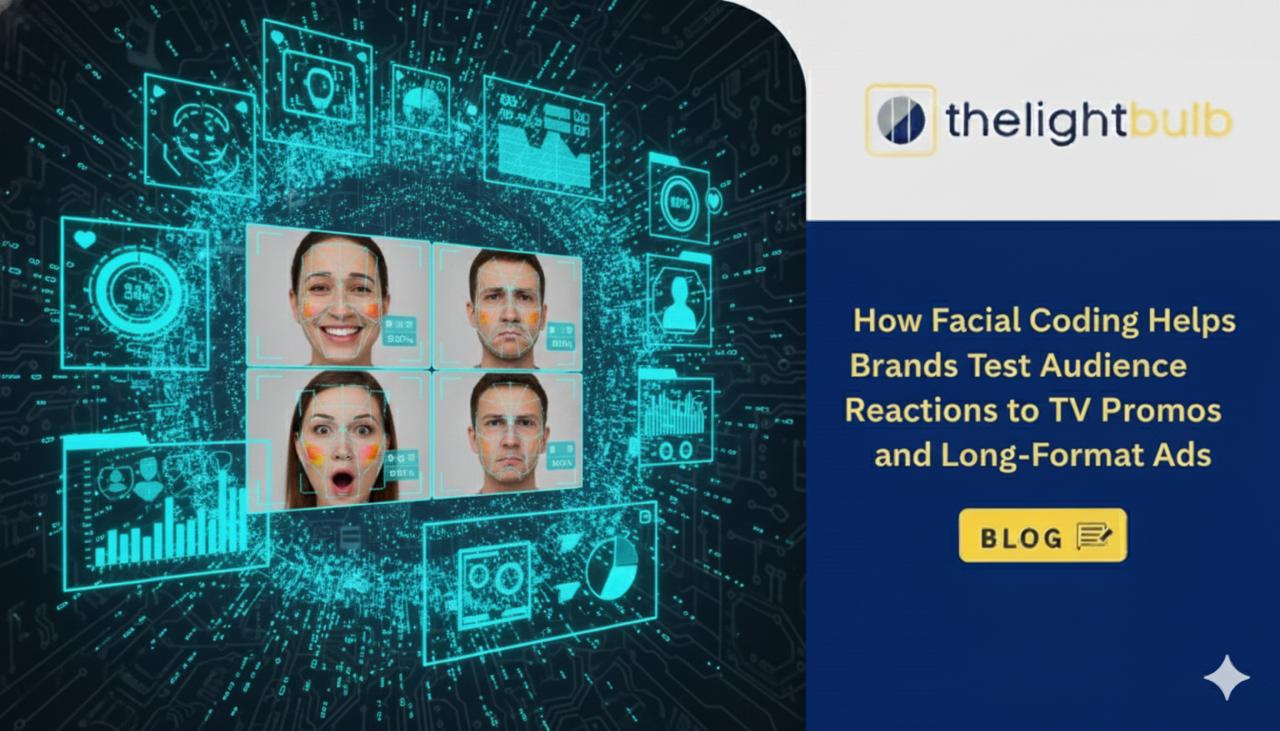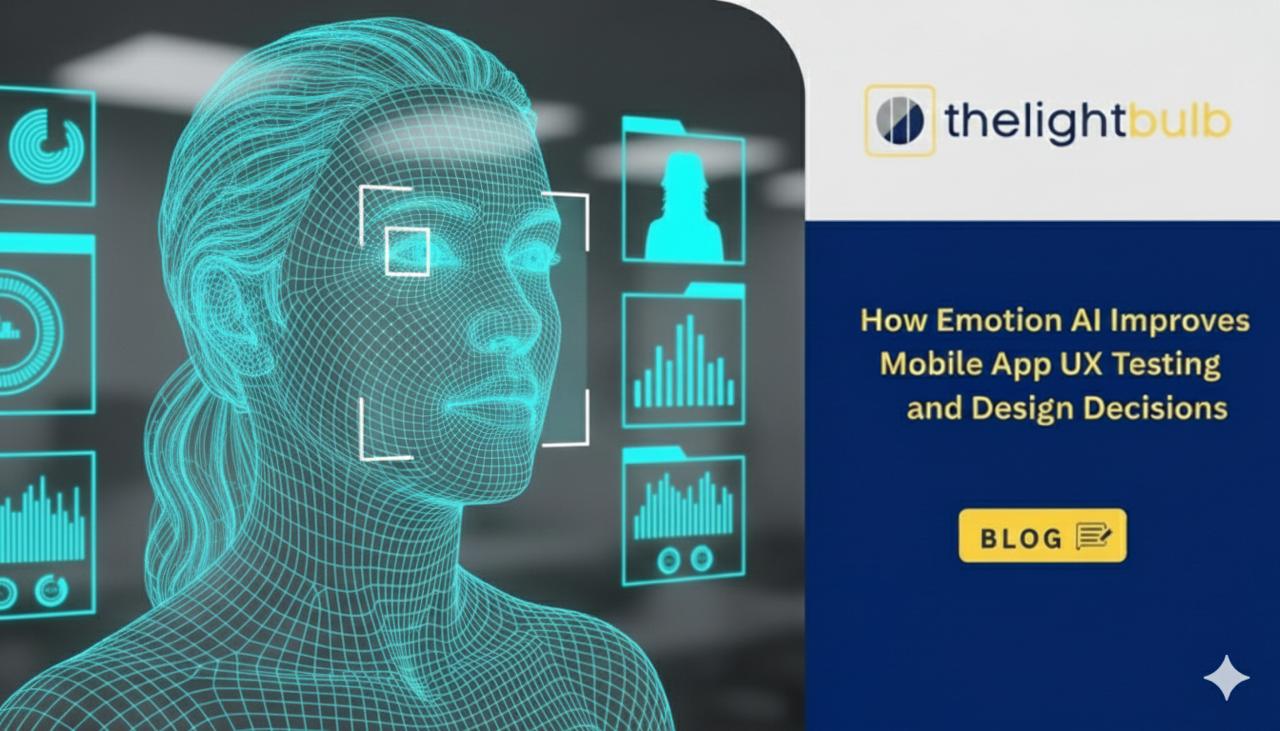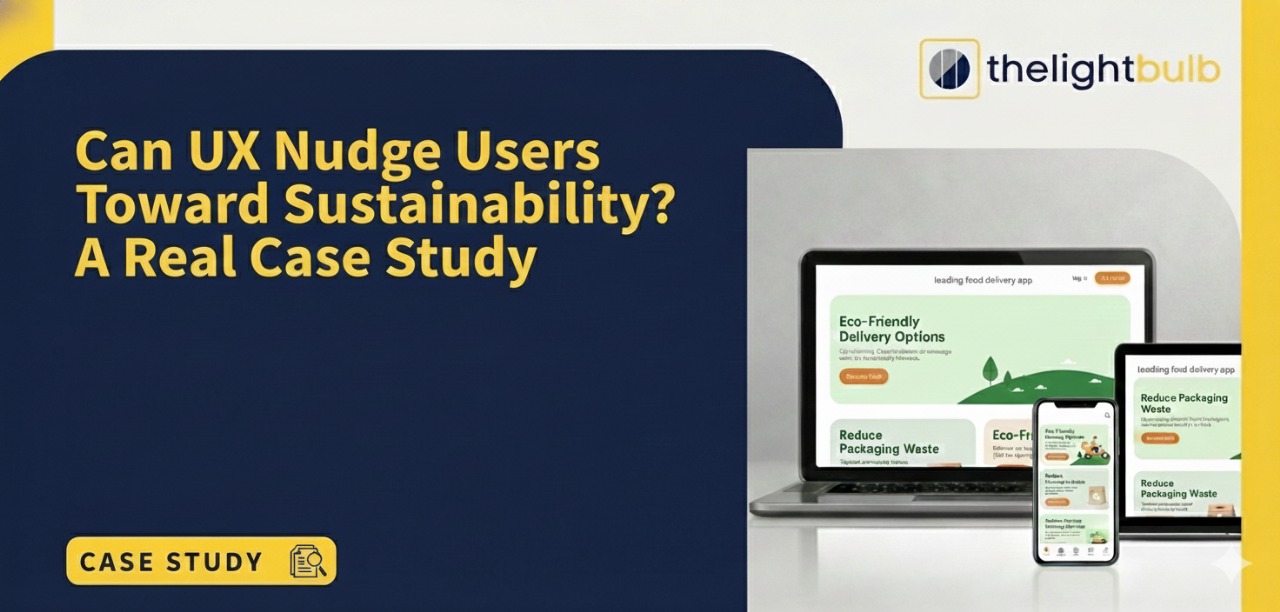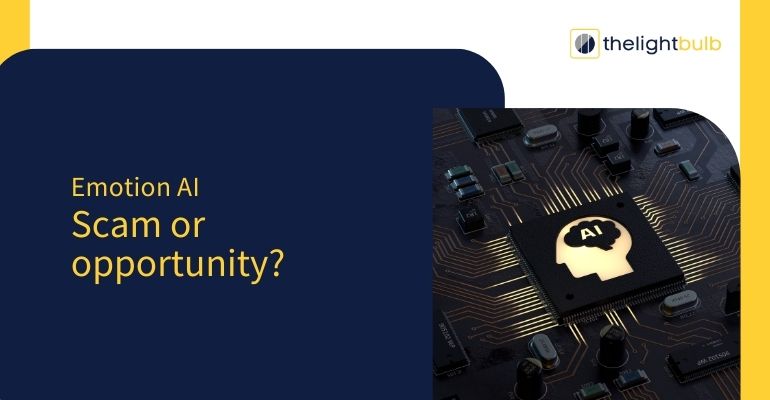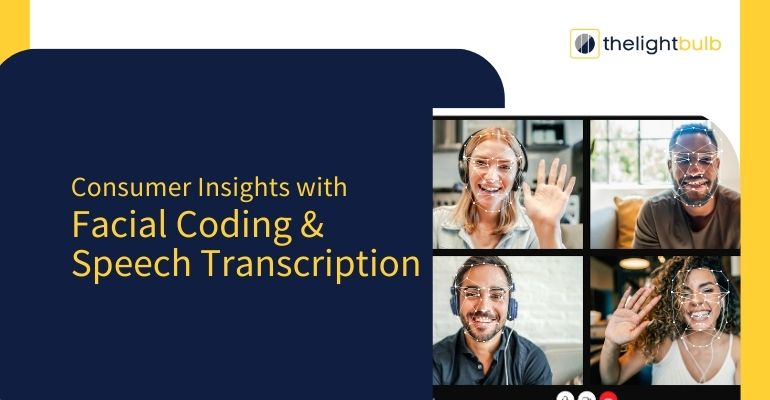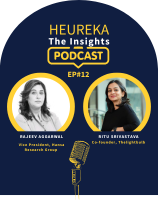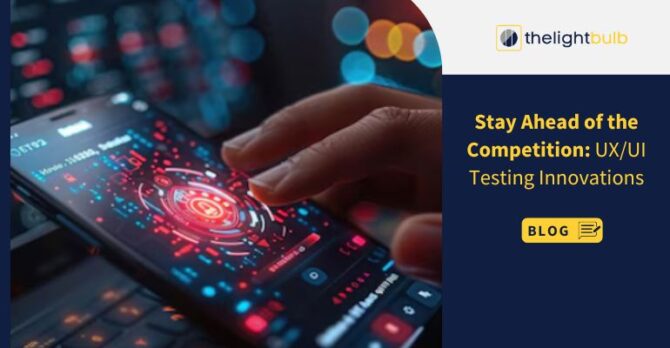
In the present dynamic digital scenario, the aspect of customer satisfaction sits on the thrown. Now, to achieve a competitive edge in this dynamic and evolving Warfield of UI/UX, design plays an essential role in winning over your customers. The emerging technological innovations have significantly heightened user expectations and raised a demand for a seamless and exclusive user interface.
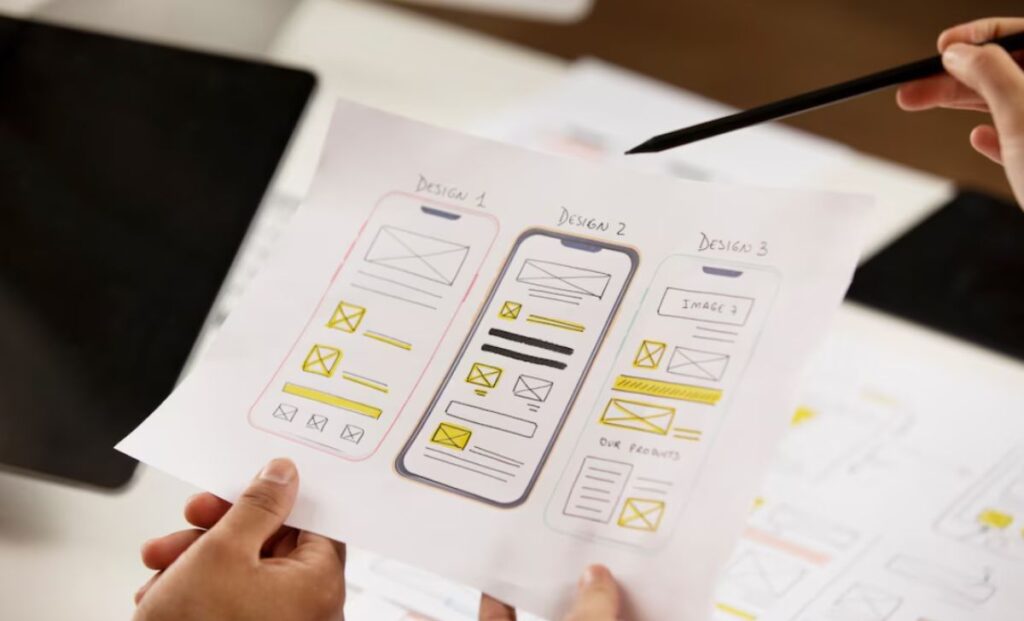
As we place our foot into 2024, we observed an array of UI/UX design trends that are already shaping the digital landscape. Whether you want to deliver a personalized experience or create an immersive user experience, in this article we’ll look into a host of futuristic UI/UX testing innovations and some upcoming trends that’ll help keep your business relevant.
Evolution of UI Testing Approaches
Before diving into the deep ocean of futuristic innovations, let’s trace the history of UI/UX testing methodologies. Each of these phases represents an exponential leap in efficiency, reliability, and scalability.
1. Early Stages: Manual Testing Dominance
Earlier, UI testing was a completely manual process and employee-intensive. Testers rigorously validate important aspects of functionality and detect issues. This approach was quite time-consuming and wasn’t scalable-friendly, proving a bottleneck in the process of rapid development.
2. The Emergence of Automated UI Testing
This was the era when designers and UI/UX testers demanded a faster solution and it gave birth to automated UI testing. Tools like Selenium, introduced in 2004, efficiently automated repetitive test scenarios. As a result, accelerates the entire testing process and improves accuracy.
3. Rise of Cross-Browser Testing
With the rising prominence of web browsers, committing to a consistent user experience became paramount. The cross-browser testing emerged as a solution that used automated scripts to validate an application’s functionality across browsers.
4. Integration with CI/CD
Incorporating UI testing into Continuous Integration/Continuous Deployment (CI/CD) pipelines was a strategic innovation, it facilitated the detection of UI/UX issues efficiently and accurately. CI/CD significantly reduced the completion time and cost of fixing identified issues.
5. Introduction of Behavior-Driven Development (BDD)
Incorporating BBD principles with UI/UX testing was a smart innovation that strategically bridged the gap between technical and non-technical stakeholders. This approach enhanced communication and accurately aligned product development with a business owner’s objectives.
6. Containerization and UI Testing
Encapsulating standardized test environments across development stages exponentially reduced discrepancies consequently, boosting the reliability of UI tests.
7. AI and Machine Learning in UI Testing
The influence of AI and ML with platforms like TheLightbulb has progressed UI testing into a whole new era. Overall, these technological advancements offered intelligent test script generation and dynamic adaptability, reducing maintenance overhead.
Future Trends: UI/UX Testing Innovations
As we navigate these advancements, Chief Experience Officers (CXOs) must recognize the strategic importance of UI/UX testing evolution. It is a technical necessity and a cornerstone for delivering exceptional user experience.
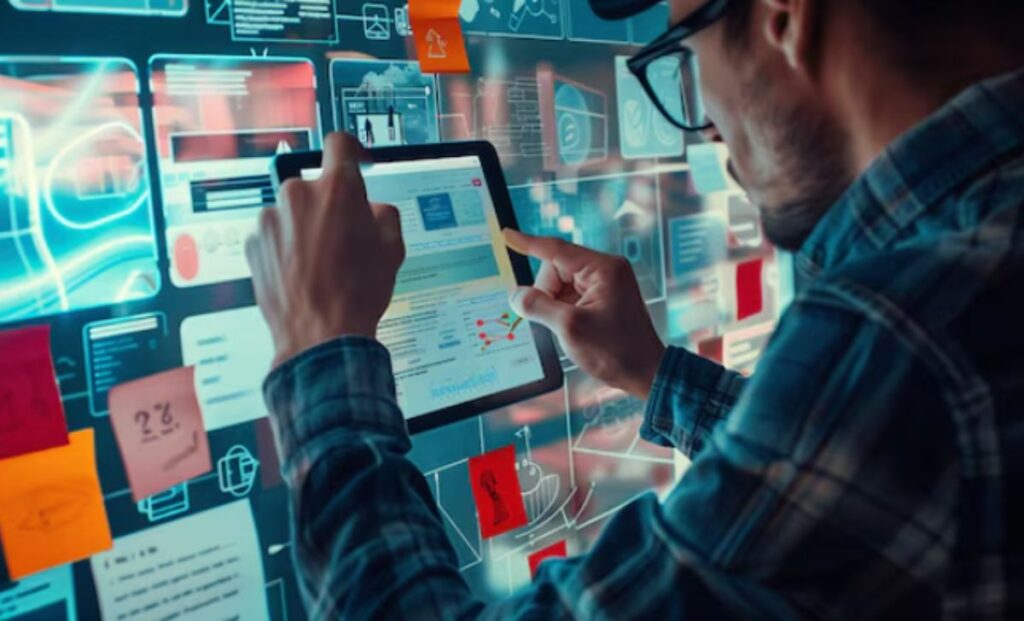
It’s time for the most awaited part of the article, the futuristic UI/UX testing innovations that will help maintain a competitive edge in the dynamic digital landscape. As technology marches forward, so does the realm of usability testing, escorting in a wave of continuously emerging technological trends that will surely restructure how we assess user experiences.
These cropping-up technological trends ensure deeper insights into user behavior, facilitating magnified precision and efficiency of usability testing. As technology continues its rapid evolution, the future of usability testing brims with exciting possibilities.
Without any further here are the important UI/UX trends to keep an eye on –
Headless and Visual UI Testing
As we put our foot into the future, technologies like Headless and Visual UI testing promise enhanced efficiency. In fact, visual UI testing, powered by AI image recognition, aims to ensure pixel-perfect UIs.
AI-Powered Usability Testing
Artificial intelligence (AI) is revolutionizing every aspect of life and businesses are no different. AI has also heavily influenced UI/UX testing standards by allowing design experts to harness the power of machine learning algorithms to automate the varied segments of the UI/UX testing process.
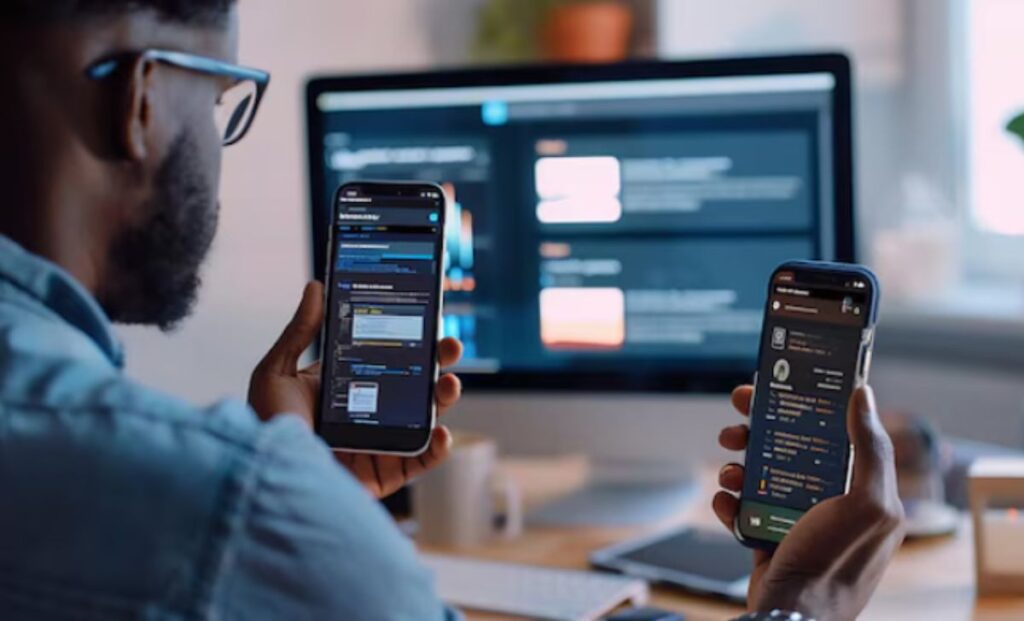
AI tools are efficient enough to swiftly evaluate vast data sets and generate actionable insights. Overall, artificial intelligence allows testers to speed up the data collection process, facilitating quicker iterations and more efficient design enhancements.
Eye Tracking Technology
Eye-tracking technology has long been a valuable asset in usability testing. It enables researchers to monitor and analyze users’ eye movements as they interact with interfaces, offering insights into visual attention, information processing, and user engagement. Advancements in eye tracking, including wearable eye-tracking devices and remote eye tracking, have rendered it more accessible and adaptable to various usability testing scenarios.
Mobile Usability Testing
Given the dominance of mobile devices in today’s digital landscape, mobile usability testing has surged in importance. It focuses on assessing the usability and user experience of mobile applications and websites. Techniques encompass real-time interaction capture, comprehension of mobile-specific user behaviors, and considerations of factors like screen size, touch gestures, and device capabilities. By conducting dedicated mobile usability tests, businesses can ensure seamless user experiences across diverse mobile platforms.
Remote Usability Testing
Traditional usability testing often mandated participants’ physical presence in a lab environment. However, remote usability testing has gained traction in recent times. It enables researchers to conduct tests with participants dispersed across different geographic locations, saving time and travel-related costs. Remote testing can be executed via video conferencing, screen sharing, and remote collaboration tools, offering flexibility and expanding the reach for user feedback.
Biometric Data and Emotion Analysis
Understanding users’ emotions and physiological responses during usability testing yields profound insights into their experiences. Biometric data and emotion analysis techniques, such as heart rate monitoring, facial expression analysis, and galvanic skin response, enable researchers to gauge users’ emotional states and levels of engagement, frustration, or satisfaction. Integrating these techniques into usability testing uncovers valuable emotional feedback, fostering the creation of emotionally resonant designs.
Virtual and Augmented Reality (VR/AR) Testing
Virtual and augmented reality technologies are revolutionizing various sectors, and usability testing is no exception. VR/AR testing enables researchers to simulate immersive user experiences, allowing participants to interact with virtual environments or augmented interfaces. By testing usability in virtual or augmented contexts, businesses can identify potential issues and optimize designs before deployment, resulting in more intuitive and engaging user experiences.
Automated Usability Testing
Automation is streamlining various facets of software development, and usability testing is evolving to harness automation. Automated usability testing tools can generate test scenarios, simulate user interactions, and collect data sans manual intervention. While automation cannot entirely replace human insights, it complements traditional usability testing by expediting the process, minimizing human errors, and furnishing quantitative data at scale.
User Experience Testing with TheLightbulb.ai
TheLightbulb.ai presents an innovative solution for User Experience Testing, enhancing website user experiences with Emotion AI.
How TheLightbulb.ai User Experience Testing Works
The platform adopts a systematic approach to optimize user experience testing:
- Upload URL: Securely upload your website or web app URL and define objectives/tasks for respondents.
- Study Setup: Select technology modules—facial coding, eye-tracking, surveys—and configure your study in under 30 seconds.
- Choose Panel: Upload respondent email IDs for platform-sent invites or obtain a custom link for inclusion in your panels/surveys.
- Publish Study: Launch usability testing studies swiftly, taking less than a minute from upload to publishing. Opt for future publishing dates at your convenience.
- View Live Results: Access respondent data in real-time within the platform as studies progress. Utilize automated dashboards for both aggregate and participant data.
- Receive Custom Reports: Download data for personalized reporting or explore value-added services, empowering our in-house consumer insights team to craft detailed insight reports for you.
Conclusion
Delivering exceptional user experiences is paramount for business success and maintaining a competitive edge. Usability testing serves as a cornerstone in understanding user interactions with digital products and services, offering invaluable insights to refine functionality, usability, and overall user satisfaction.


